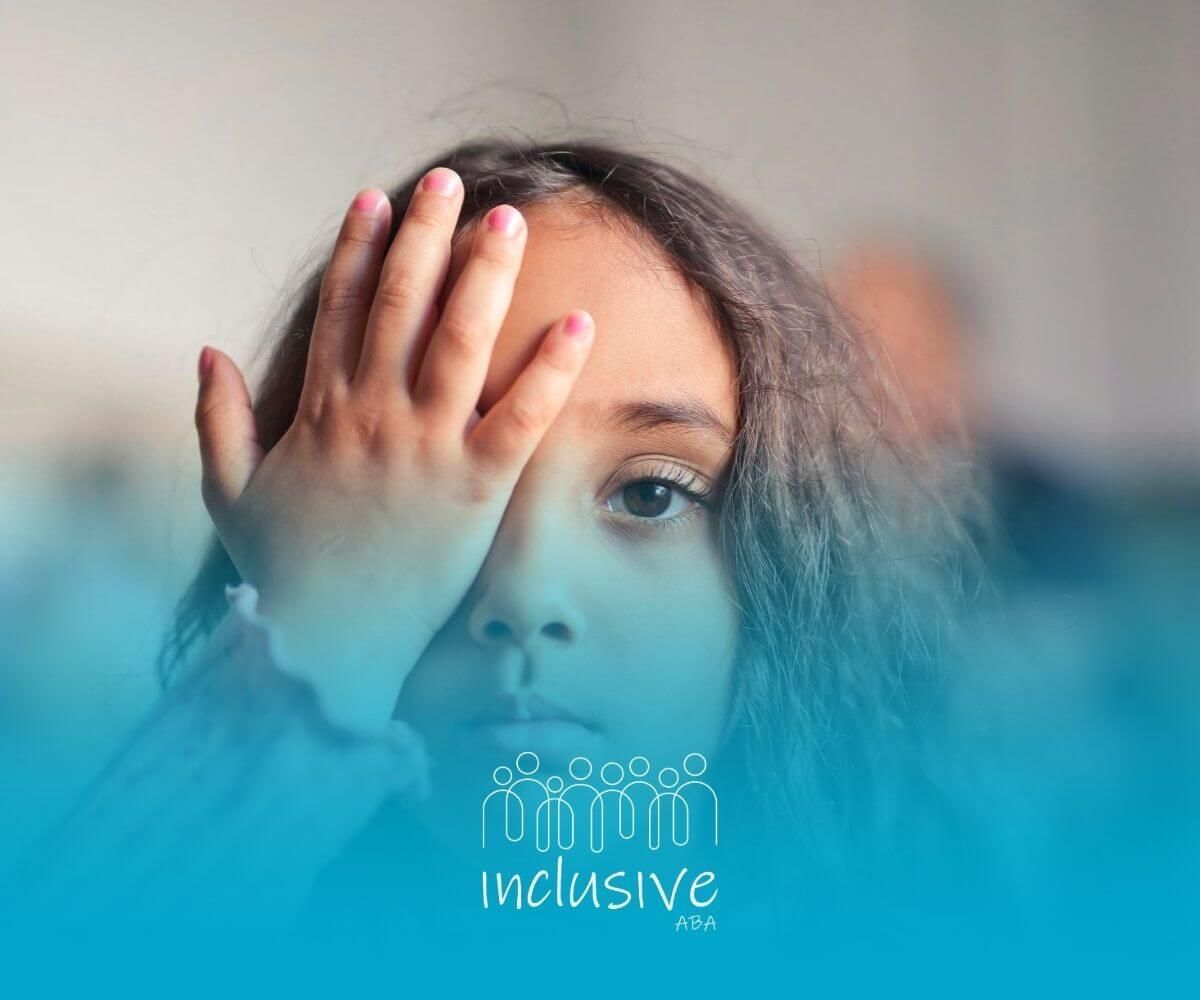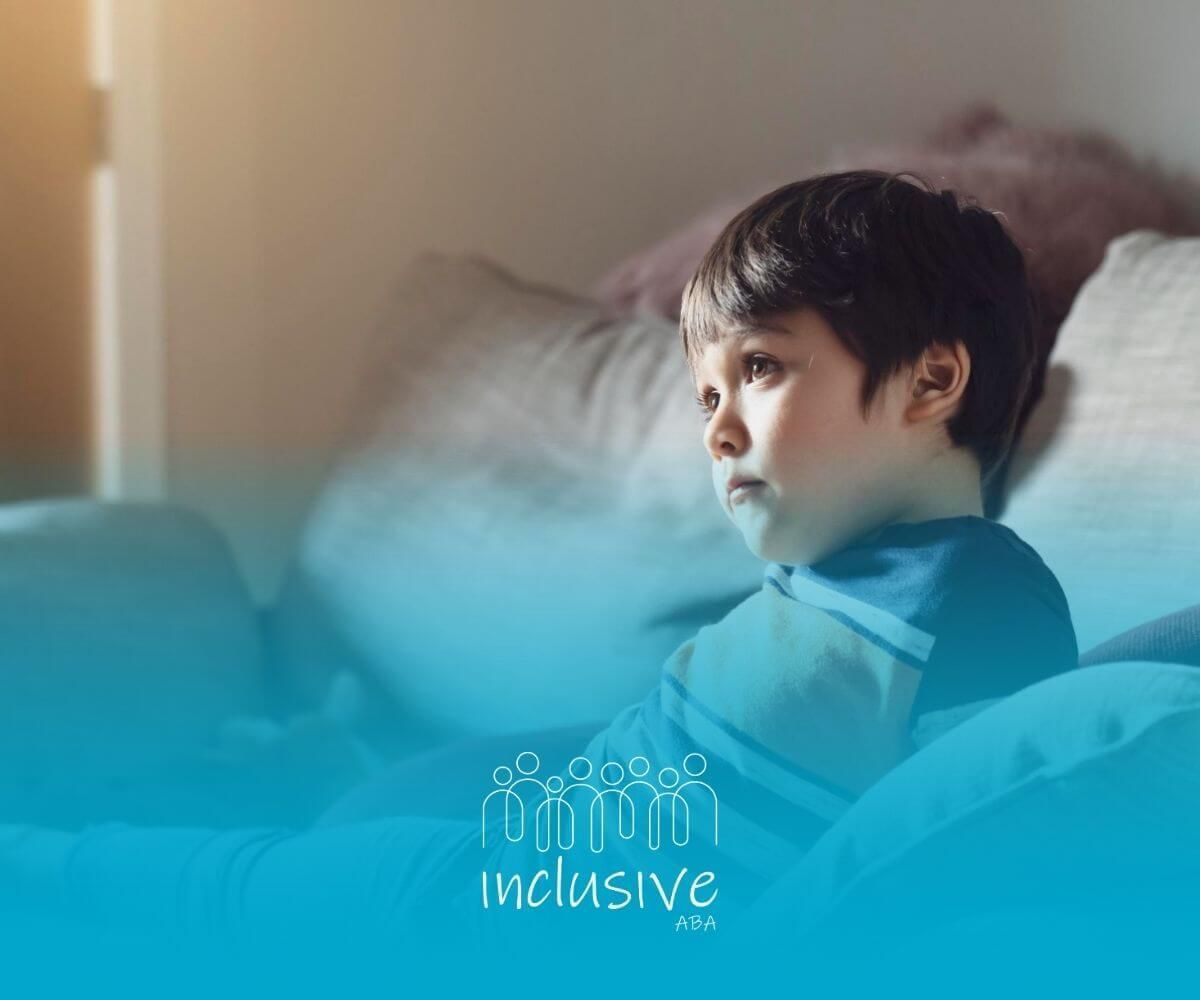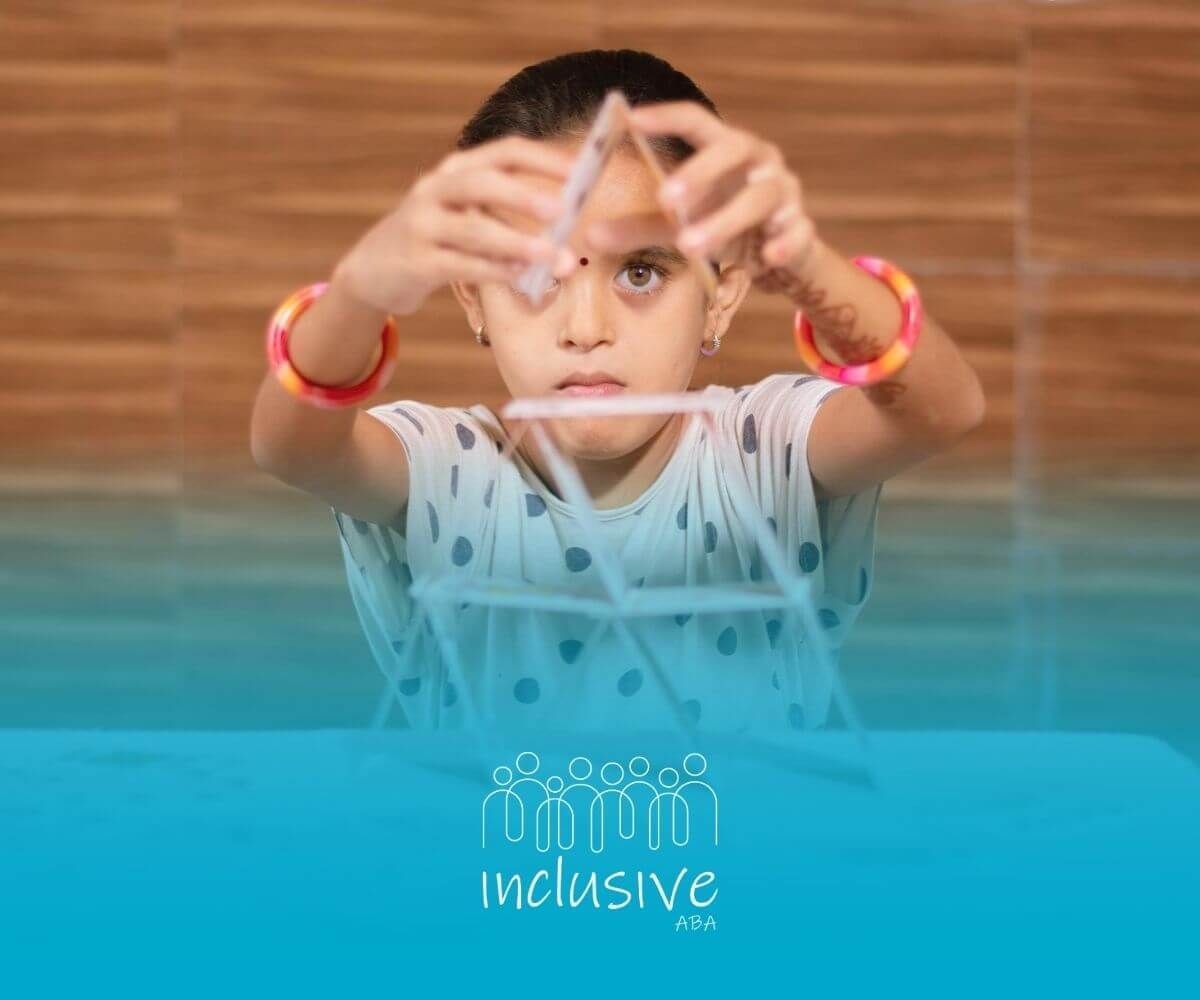Comprehensive ABA vs Focused ABA: Which is Best for Autism?
Applied Behavior Analysis (ABA) therapy is a key way to help kids with autism spectrum disorder (ASD). It helps them reach important learning goals. With ABA therapies, the plans use step-by-step ways to help children learn new skills and stop behaviors that make things harder for them. The types of ABA aim to make communication better, help with social skills, and raise the quality of life for children and their families.
In this blog, you will read about the two main types of ABA therapy—comprehensive and focused. Each way gives something different for kids on the autism spectrum. Learning about these will help you know which type might be best for your child and their skill development. This way, you can make a good choice for their future and what they want to achieve.
Understanding ABA Therapy for Autism in the United States
ABA therapy helps people understand and change behavior. It is one of the best ways to help children on the autism spectrum. The therapy uses positive reinforcement. This means the child gets a reward or praise for good behavior. It also breaks hard skills into small steps. This helps children learn new things and deal with behavior that is hard to manage. ABA programs can be changed to fit each child. Every child has unique needs, so the therapy works with what is best for them.
In the United States, ABA has a strong reputation. People trust it because it can be adjusted to help with each child’s strengths and what they find hard. It also helps children reach their growth goals. This leads to better social skills and personal growth for children on the autism spectrum.
What is Applied Behavior Analysis (ABA)?
Applied Behavior Analysis (ABA) is a way to look at and change how people act. It uses simple ideas from learning theory to help. This approach helps people, especially those with autism, by supporting skill development and cutting down on unwanted behaviors. ABA in behavior analysis works to make changes in ways that matter in everyday life.
The Role of ABA in Supporting Children with Autism
ABA therapy helps children with autism learn important new skills. The structured programs used in ABA therapy help build communication skills. This includes both ways of talking and using nonverbal forms, like gestures. As a result, kids can say what they need and handle social situations better.
Social skills are also a big focus in ABA therapy. These skills include turn-taking, sharing, and understanding things like body language from others. ABA therapists teach these skills to help children connect with people and join in more social activities. Positive reinforcement is used to help these abilities grow, and this also helps kids become more independent.
ABA looks at daily life skills, too. It helps with things like getting dressed, using the bathroom, and following routines. Kids practice these skills in real-life situations with steady help. This gives them the basics they need to live happy lives and to take part in family, school, and other group activities even more.
Comprehensive ABA Therapy: Key Features and Approach
Comprehensive ABA therapy looks at the whole child to help young children with autism. It works on their overall growth. This includes things like talking, social interaction, everyday skills, and behavior reduction. Working on all these areas helps kids make real and steady progress as time goes by.
This kind of therapy is an intensive intervention. Most kids get 20–40 hours of therapy each week. This much time is important so children can learn and use new skills in various settings. Comprehensive ABA services are best for younger children who need help in many different areas. These services are made to meet their main goals as they grow.
Core Components of Comprehensive ABA
Comprehensive ABA uses a few main ways to help kids learn new things and handle behavior. These methods support skill acquisition and behavior change.
- Discrete Trial Training (DTT): This is a one-on-one teaching style. Skills get broken down into small, manageable steps. Kids get rewards or praise right away when they give the right answer.
- Natural Environment Training (NET): This is learning that happens in the child’s world or home. It aims to help kids use new skills in real-life, everyday situations.
- Parent Training and Involvement: This means parents get help and tips so they can be part of the work outside of therapy time. It is important for kids to keep learning at home, not just during a therapy session.
- Behavior Reduction Strategies: These are ways to handle problem behaviors, like tantrums or hitting. Kids are taught better ways to act, so they use these instead of old habits.
Each part of the comprehensive ABA is made to meet a child’s skill deficits. It also helps kids use what they learn in different places. The goal is for them to show growth and do well at home, school, or anywhere.
Goals and Outcomes of Comprehensive ABA Programs
The main goal of comprehensive ABA is to help young children build basic skills. These skills can improve their quality of life. The goals are often to help kids talk better, connect with others, and learn important skills for daily life, like looking after themselves and following simple steps.
Comprehensive ABA is known for helping kids use these skills in real life. For example, if they learn how to say hello or use the toilet in therapy, they get help doing this at home, at school, or with friends. Therapists set these goals to fit each child’s needs and where they are in their growth.
Comprehensive ABA also helps cut out behaviors that stop learning or make it hard for kids to be a part of their community. By keeping track of how kids do over time, therapists help them move closer to living more on their own and feeling sure of themselves. This approach is about helping young children do their best at home and with other people.
Focused ABA Therapy: Characteristics and Application
Focused ABA therapy is about being exact. It manages certain skill deficits or challenging behaviors. You get about 10–25 hours of therapy each week. At this time, the focus is on key areas, like social interactions or tough behaviors.
This way of working is good for people of all ages. It works well if fewer needs are clear and set. Focused ABA helps children work on certain challenges, like aggression or problems with toileting. The aim is to help them gain important functional skills for everyday life.
Main Elements of Focused ABA Intervention
Focused ABA therapy looks at a small number of important areas. The main parts include:
- Specific Skill Training: Teaching key things like how to use the toilet, how to ask for items, or how to handle feelings and actions.
- Targeted Behavior Reduction: Helping to lower certain bad actions, like hurting themselves or being aggressive.
- Parent and Therapist Collaboration: Parents and therapists work together to help keep things going in the right way.
- Individual Needs Assessment: The therapy plan matches what each child needs and is made for their goals and situation.
- Data-Driven Adjustments: Therapists watch progress and make changes to try to get the best results.
By staying focused like this, you can see fast and real improvements in things that are needed the most. This can make things better for your child and all the people in your family. Individual needs, behavior reduction, and better functional skills are at the heart of this method.
Targeted Skills and Objectives in Focused ABA
Focused ABA looks at specific areas that help make daily life better. It often works on problems like tough behaviors, functional skills, and preferred activities that fit your child’s unique needs.
It works on challenging behaviors such as getting angry or refusing to listen. This helps keep everyone safe and makes things easier for the whole family. Your child will learn functional skills like getting dressed, eating, or using things around the home. These skills make daily tasks simpler. Practitioners also use your child’s preferred activities to get them involved in good experiences, like picking out toys or playing social games.
The goals of ABA are set to get your child ready to move to new places, such as school, or to build key behaviors needed for independence. This helps your child grow, not just during therapy, but in other places, too.
Comparing Comprehensive and Focused ABA
Both types of ABA therapy want to help make a person’s life better, but they are different in what they do and how long they last. Comprehensive ABA covers many things. It works on communication, adaptive behaviors, and social skills. People often get a lot of therapy hours each week with this kind.
Focused ABA is different. It works on just a few skill deficits or behaviors. There are fewer therapy hours each week. This way is good for people who do not have many behavioral problems. If you know about these types of ABA, you can pick an ABA program that fits your child’s needs.
Differences in Treatment Intensity and Duration
| Feature | Comprehensive ABA | Focused ABA |
|---|---|---|
| Weekly Hours | 20–40 | 10–25 |
| Weekly Hours | Multiple (communication, social, adaptive) | Specific (behavior reduction, skill gap) |
| Program Duration | 1–3 years (long-term goals) | Short term (<1 year) |
| Ideal Age for Therapy | Young children with wide developmental delays | Any age with targeted needs |
The table above shows the main ways that comprehensive ABA and focused ABA are different. It can help you get the right therapy for your child. When thinking about options, look at things like weekly hours, domains covered by the program, and your child’s age. If you have a young child with wide needs, comprehensive ABA could help. If you want help with a certain skill or behavior reduction, focused ABA might be the better way to go.
Which Challenges or Behaviors Suit Each Approach?
Some problems match with certain ABA methods:
- Comprehensive ABA works best for young children who have big delays in different areas, like trouble with talking and making friends.
- Focused ABA is used for specific behavioral challenges, such as when someone needs to lower aggression or stop self-injury.
- Problems like skill deficits in toileting, social interaction, or handling tough behaviors also fit with focused ABA.
- Comprehensive ABA helps most when building many new skills at once is the main goal.
- Focused ABA is best for helping people with big changes, like getting ready for school or starting a job.
Both methods try to find the right balance between how intense the therapy should be and what you want to achieve. They can mix parts from each method based on what is needed.
Choosing the Right ABA Approach for Your Child
Choosing the right type of ABA therapy starts with really understanding your child’s unique needs and what you want them to achieve. Comprehensive ABA is best if your child is younger and you want to see many improvements in different areas. If you want your child to work on just one thing, like coping with anger or learning specific skills, focused ABA fits better for them.
When you talk to a certified behavior analyst and do assessments made just for your child, you can find a plan that matches their unique needs, as well as your family’s hopes for the future. When you pick the right ABA therapy, your child and your family feel sure and ready for long-term success.
Factors Parents Should Consider
When picking between ABA approaches, there are a few things parents need to think about:
- Child’s Development Needs: Comprehensive ABA is often better for children who have many areas that need help. Focused ABA is often best when you want to work on just one or two areas.
- Family Priorities: Think about which goals match up with what you want for your family in the long run.
- Parental Involvement: The way you get involved matters. When you take part, you help therapy work better.
- Financial Resources: Look at what your insurance will cover and what the actual costs will be for each type of therapy.
- Therapy Integration: Sometimes, using ABA together with speech therapy or occupational therapy can give your child even better results.
All of these things help you build a good base so you can choose the best therapy for your child.
Consulting ABA Professionals and Creating Individualized Plans
Board-certified behavior analysts (BCBAs) have a big role in helping families choose the right kind of therapy. They do a thorough check to find out the strengths and challenges for each child. BCBAs work with families to create goals and make a custom plan through ABA services.
Therapy objectives are always changing to fit the needs of the child. During reassessments, parents join in so that changing needs are not missed. A professional's skills help watch how things go, track the progress, and make sure your child gets better during therapy sessions.
This clear structure helps show that ABA can be flexible and will always support your child’s needs.
Continue reading to see how you can bring therapies into both your home and school life!
Integrating ABA Therapy at Home and School
Bringing ABA therapy into the home and school can help with social skill development for the child. You can boost your child's communication skills by using fun and interactive activities. Try to match these activities with what your child likes. This way, the child will be more interested and involved. Working closely with teachers and therapists will help to keep things the same in different places. This helps your child work on new skills in various settings and not just at home or at school.
When you support social interaction and use positive reinforcement, you help the child grow in a supportive space. This allows the child to see significant improvements in their daily life. It also helps make daily tasks easier and adds to the child’s quality of life. By meeting your child’s unique needs with these methods and focusing on new skills, you give them a chance to do well in different areas.
Tips for Parents to Support ABA Strategies at Home
Creating a supportive home is important for using ABA strategies well. Setting daily routines can help your child show more positive behaviors and be part of skill acquisition. You can get your child involved in the preferred activities they enjoy that help them build social skills and learn to talk with others. This makes learning more fun for both of you.
Using positive reinforcement when your child shows specific behaviors will boost motivation. You and your ABA therapist can work together to add manageable steps into daily life with your family. Doing this lets your child grow and handle their unique needs in various settings. Being consistent and having good parental involvement can bring significant improvements in your child's progress.
Collaborating with Educators and Therapists for Consistency
Working together well is key when educators and therapists want to help a child in an ABA program. Talking with each other often helps everyone deal with the specific behavioral challenges and skill deficits that come up in different places. When they share what they know about the child’s progress, teachers can use plans that fit the child and match the therapy goals. This lets them all help in building positive behaviors and skill development. By working as a team, they support the child’s unique needs better. This teamwork improves the child's quality of life and helps the child grow in the best way.
Conclusion
Looking at both comprehensive and more targeted ABA shows that each one brings its good points for people on the autism spectrum. These options help in different ways. Some use intensive intervention to work on skill deficits, while others try a more targeted approach that looks at specific goals. The main goal is to help improve the quality of life and support positive behaviors in various settings. When families look at a child’s unique needs, they can make better choices. This helps their loved ones get the right kind of help as they grow and learn.
Frequently Asked Questions
What is the main difference between comprehensive and focused ABA?
The key difference here is in what each method wants to do. Comprehensive ABA helps with a large range of problems because it uses a broader program. Focused ABA looks at making changes in specific behaviors. This way, things may improve faster, and you can see results more easily. Each way will be good for people in different situations.
How do I decide which ABA approach is best for my child?
Think about your child's specific needs, the way they learn, and what they like when you pick an ABA approach. Talk with therapists and teachers to see how each method can help your child. Check your child's progress often to make sure the way you chose is still good and is helping them.
Can ABA therapy be adjusted as my child’s needs change?
Yes, ABA therapy can change as your child's needs change. Regular checks help show how your child is doing and what may need to be different. Working with therapists makes sure the help your child gets keeps working well. This way, your child can keep growing and getting support that fits what they need over time.
Sources:
https://www.autismspeaks.org/applied-behavior-analysis
https://pubmed.ncbi.nlm.nih.gov/36864429/
https://moveupaba.com/blog/understanding-natural-environment-teaching-in-aba-therapy/
https://www.autismspeaks.org/expert-opinion/what-discrete-trial-training
https://websites.umass.edu/psych581-awoodman/module-4-behavior-reduction/
https://blossomabatherapy.com/blog/comprehensive-aba-vs-focused-aba
Looking for Expert Help? We're Here for You!
Our compassionate and skilled team is devoted to enhancing your child's development through customized ABA therapy. Let us partner with you to create a supportive environment for your child's success.
Discover how we can help your family thrive with expert ABA therapy.
Related Posts







